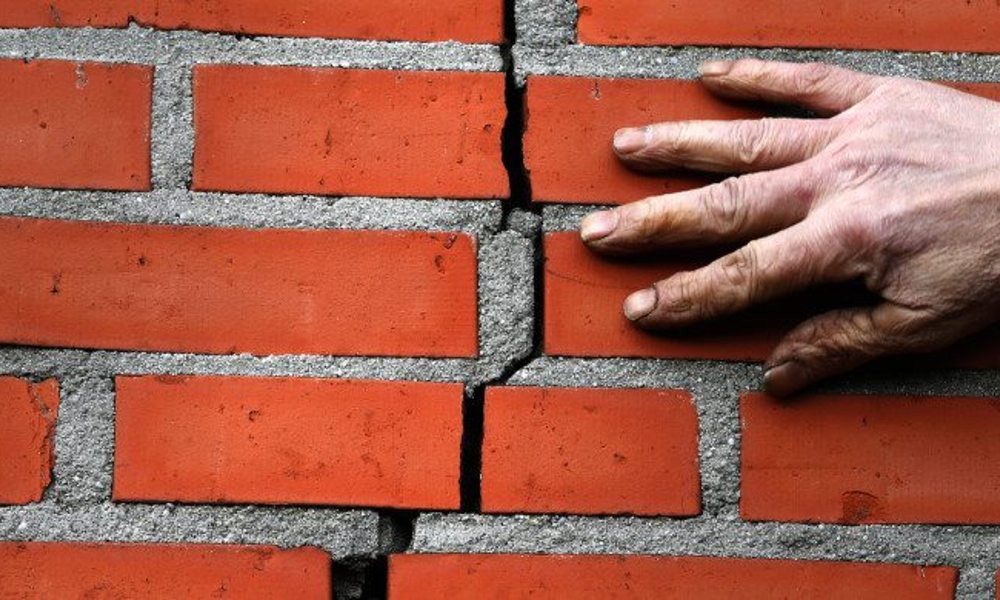
In recent years, the residents of Groningen have been increasingly confronted with earthquakes. The increased risk of earthquakes affects well-being, quality of life, settlement conditions, regional image, willingness to invest and the value of real estate. Through applied research, we as a knowledge centre contribute to creating a resilient built environment in the Northern Netherlands.
Earthquakes not only cause unstable buildings but also increase social unrest, expressed in anger, fear and concern among the population in this region. Population decline and earthquakes therefore undermine not only the economic value of real estate in the Northern Netherlands but also complicate the redevelopment of vacant buildings and the search for paying tenants. At the same time, residents are looking for perspective, and governments are trying to combine restoration, reinforcement and building safety with improving liveability and sustainability, as well as strengthening the regional economy.
In-depth focus: Earthquakes
How does the Research Centre for Built Environment NoorderRuimte give concrete meaning to the theme of earthquakes? The increased risk of (major) earthquakes affects the well-being, quality of life, settlement conditions, image, willingness to invest and the value of real estate in the earthquake area. This risk adds to several major societal challenges, such as declining employment and demographic shrinkage (fewer people, fewer young people, fewer workers, more seniors). Therefore, in addition to ensuring safe housing, it is important that the region gains a sustainable economic perspective. The task is to explore how the area can emerge stronger from this situation.
The research programme therefore contributes to creating a resilient built environment with an active role in addressing the challenges of population decline, earthquakes, climate change, and health and well-being in the Northern Netherlands. This approach aligns with the guiding principle of the research centre, in which the built environment is always the starting point for research through the triad of area, building and user. The focus is primarily on the constructional, spatial, socio-cultural and socio-economic consequences of earthquakes.
Two subthemes have therefore been formulated: earthquake-resistant construction and strengthening, and qualitative improvement of the earthquake area while preserving the Groningen identity.
Earthquake-resistant construction and strengthening
This subtheme addresses questions such as: how can existing houses be made earthquake-resistant? How can new buildings be designed to be earthquake-resistant (safe), energy-neutral (comfortable) and suitable for all life stages (future-proof)? And what additional benefits can be achieved in the sustainability of existing homes?
In practice, this includes research on materials to make exterior walls less massive, the use of lighter masonry, and methods to make chimneys and dormers earthquake-resistant. Efforts are also made to simulate real-world situations in simple ways, so that constructions can be easily tested in practice.
Qualitative strengthening of the earthquake area while preserving the Groningen identity
This subtheme focuses on the area itself and explores how administrative and financial efforts can be used to provide an economic boost to the region. Research is conducted into which sustainable and innovative activities can make a lasting contribution to the area.
Questions addressed include: how can the business climate in the earthquake region be stimulated, even when property values cannot be determined? What new business models can be developed? Considerations include how to ensure that innovative construction is implemented locally, how people currently on the sidelines can be meaningfully involved in strengthening the region, and how essential services can be maintained (for example, through the combination of facilities).
Another important question is how the housing market can continue to function despite declining property values. The innovative approaches that emerge from these and similar questions can serve as examples for other regions in the Netherlands and beyond, providing a foundation for recovery and strengthening in areas facing severe conditions.
Feedback component
How satisfied are you with the information on this page?